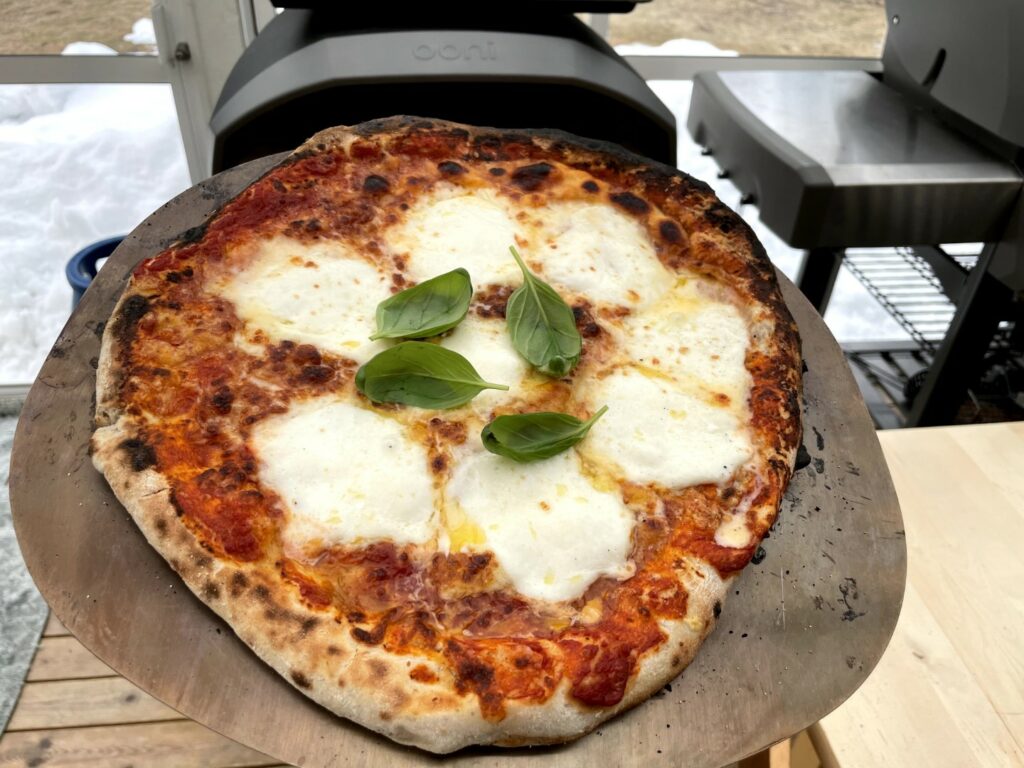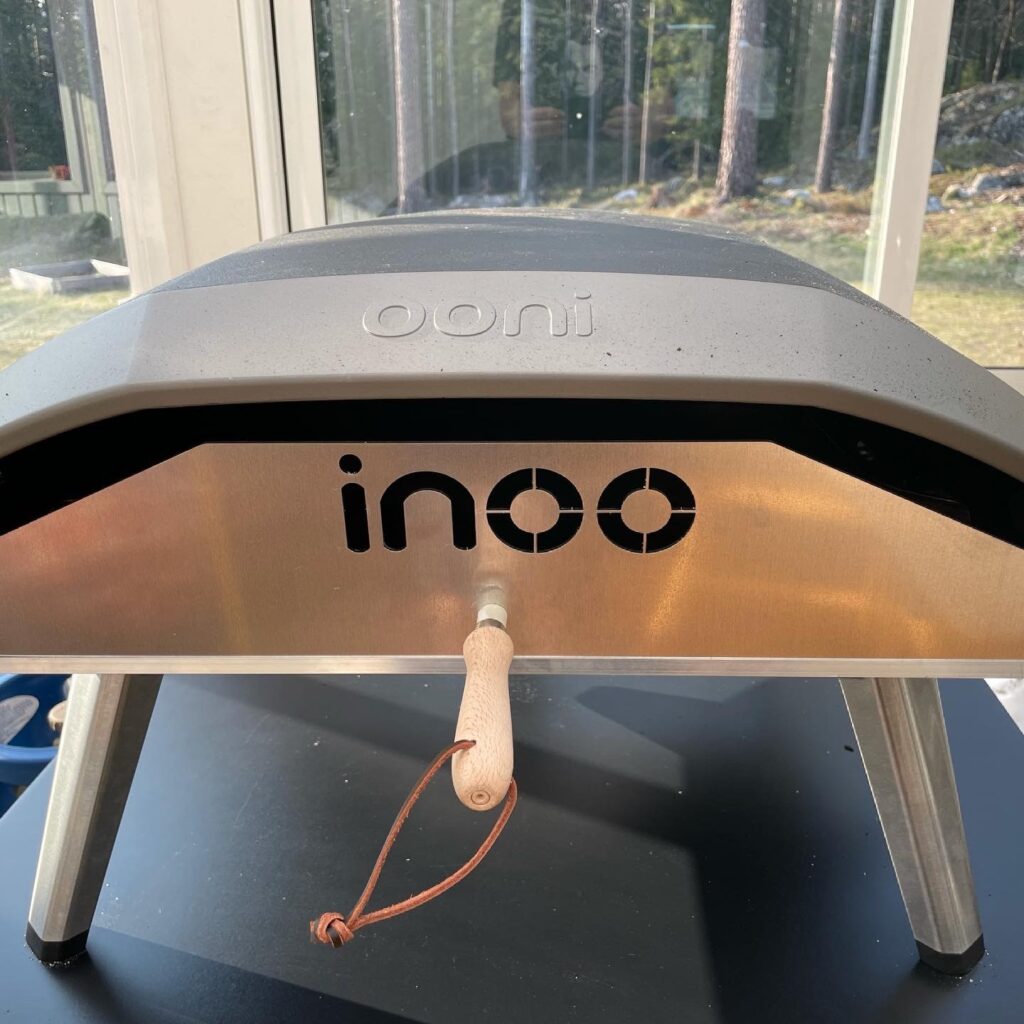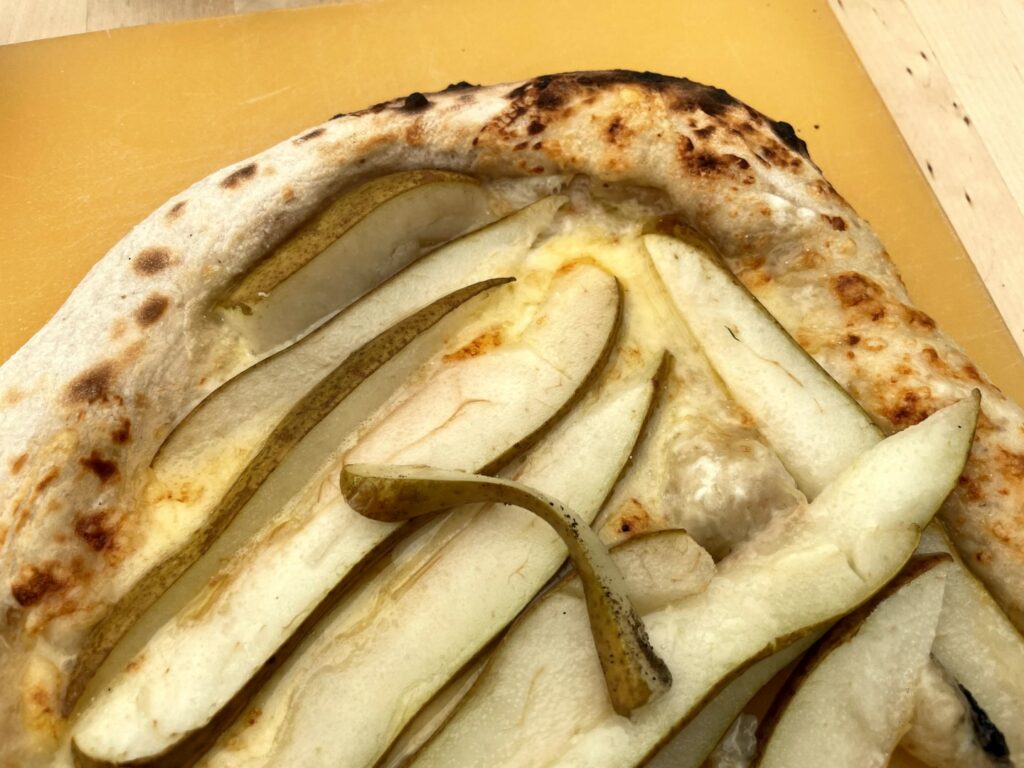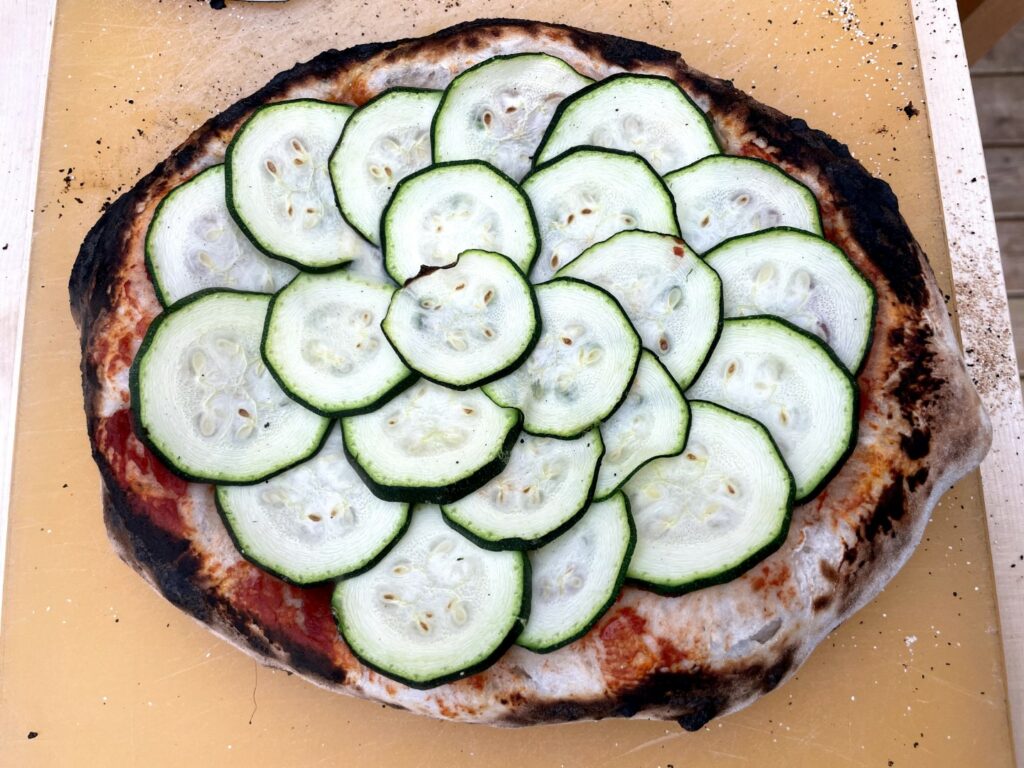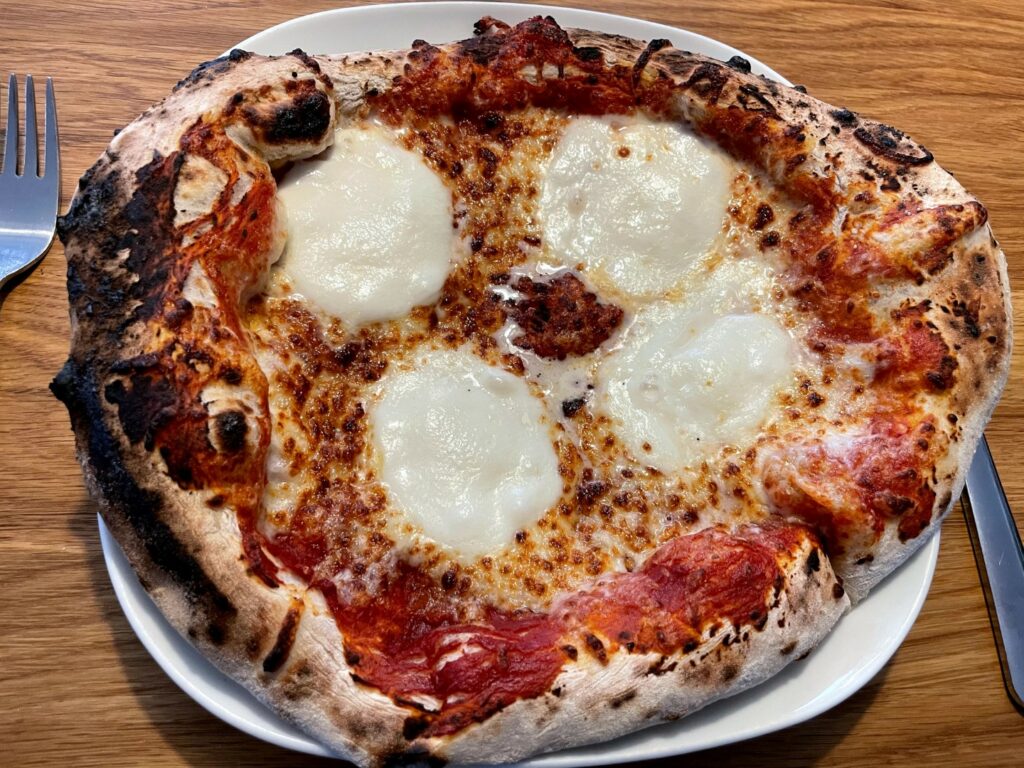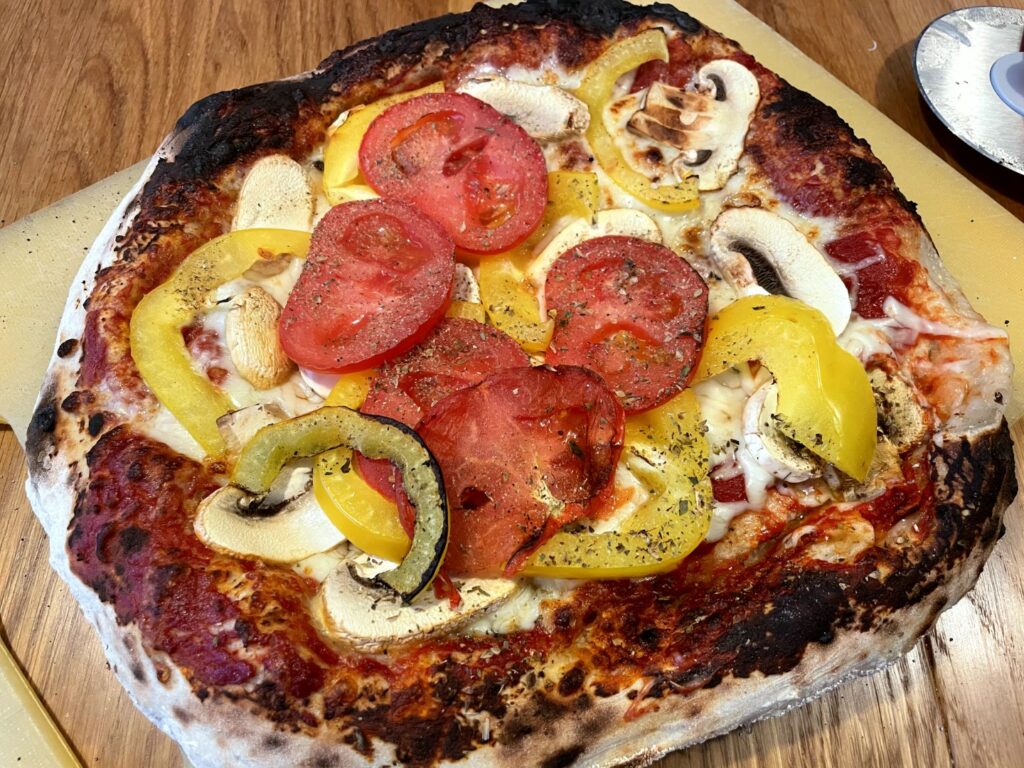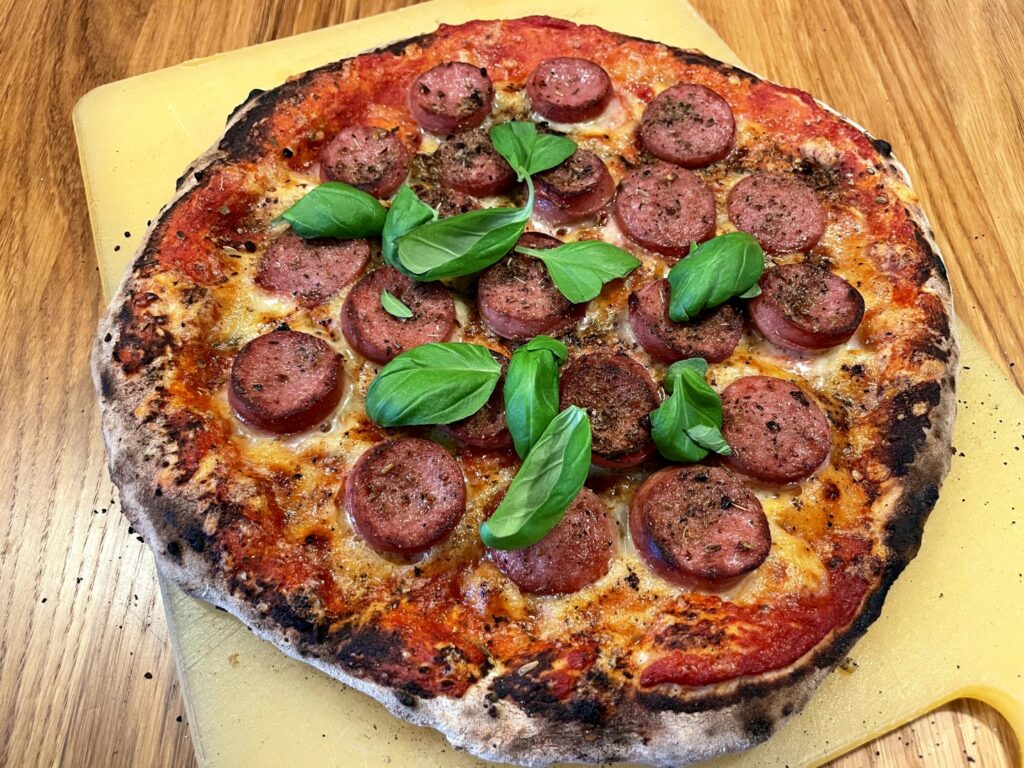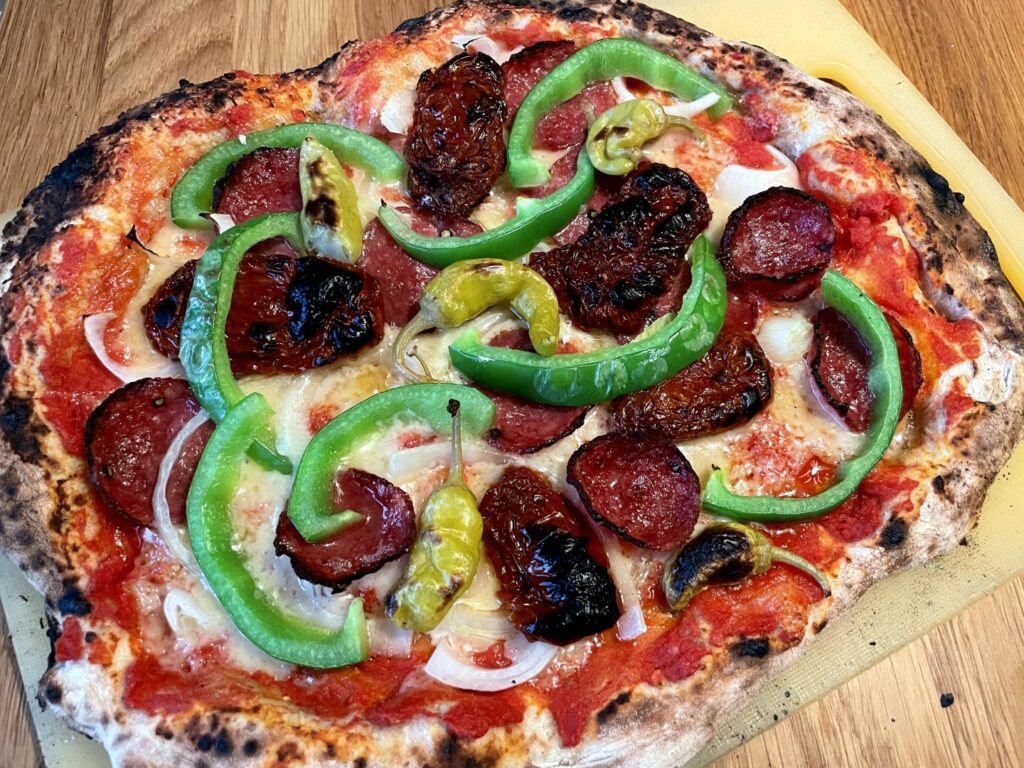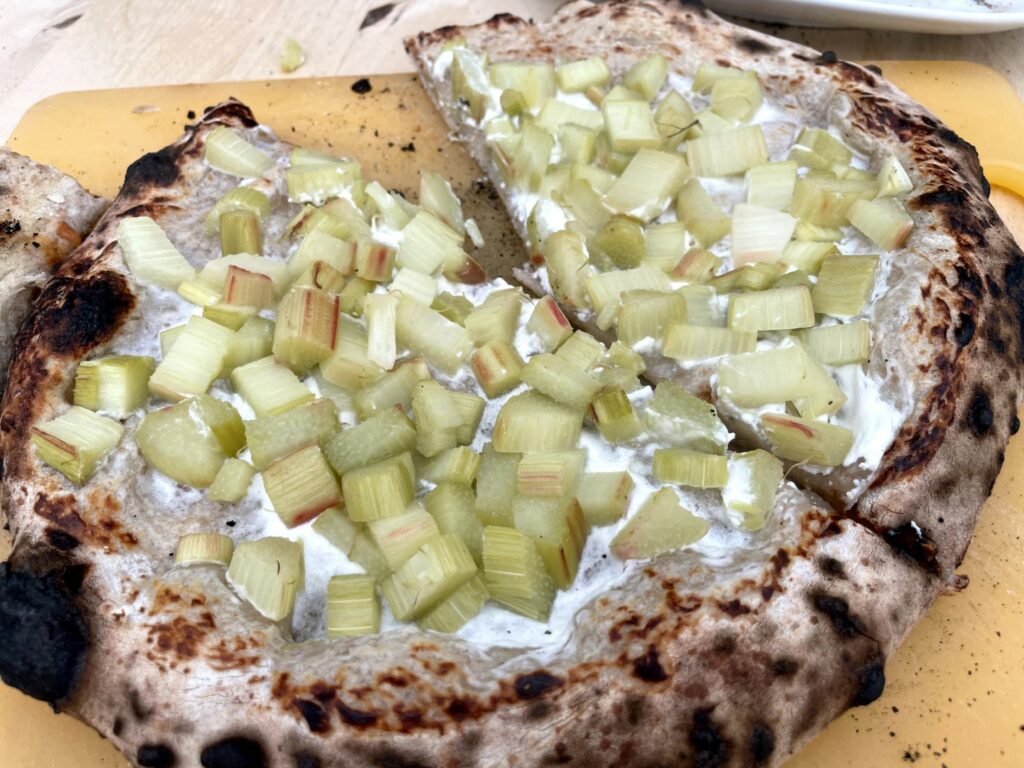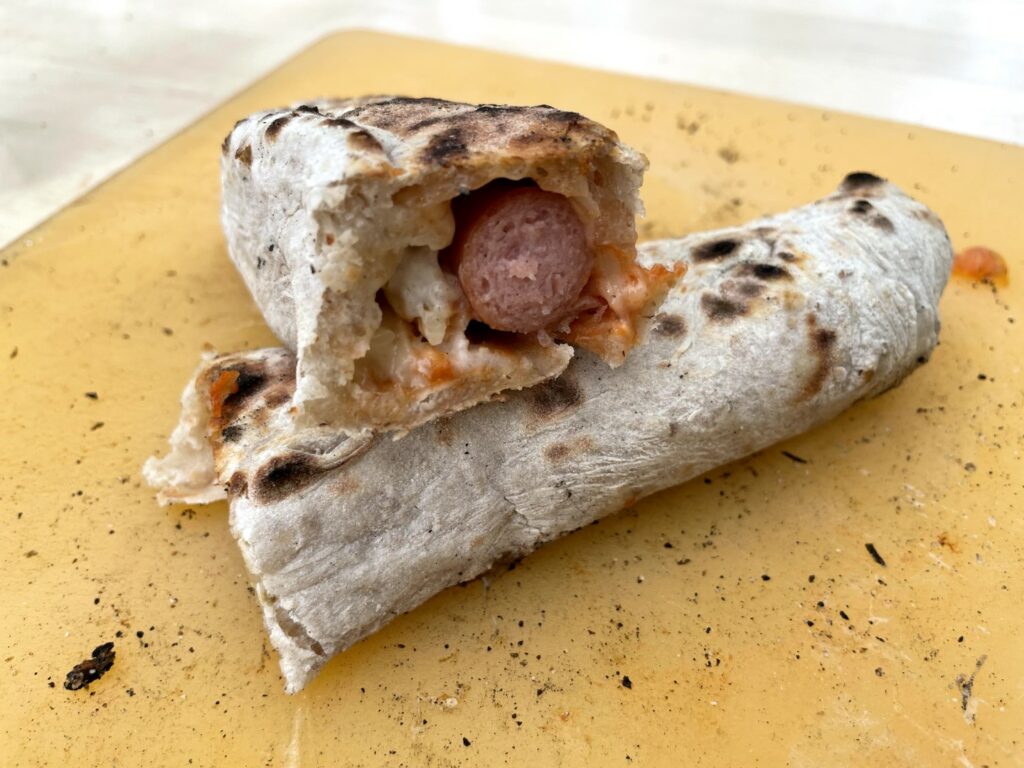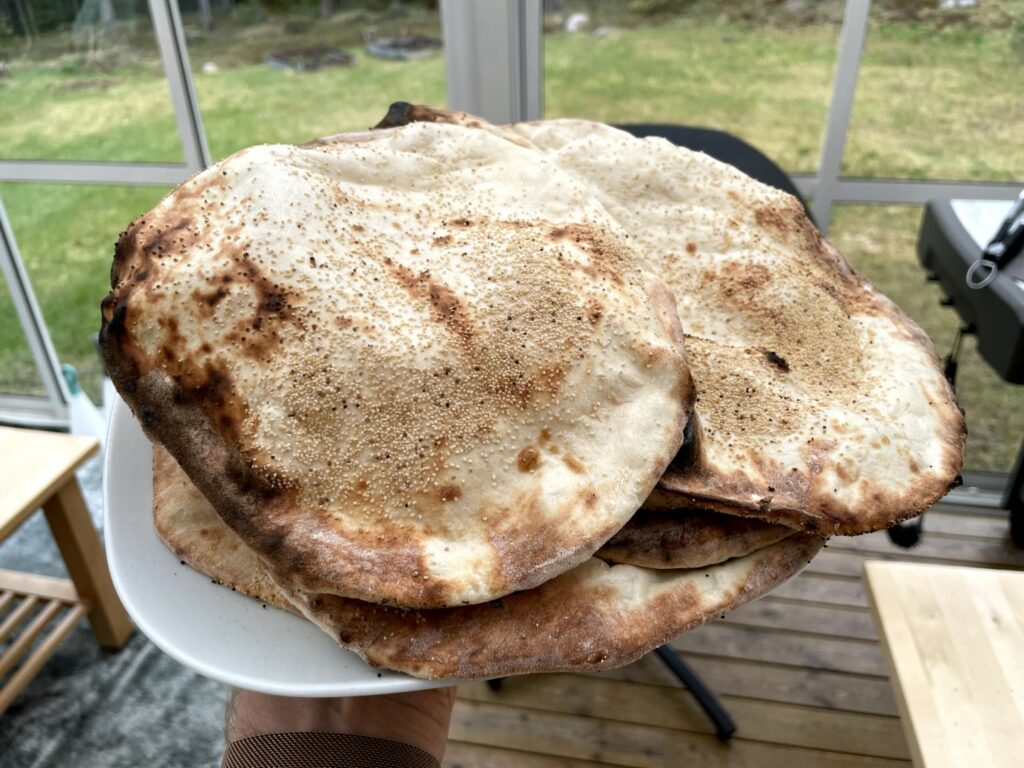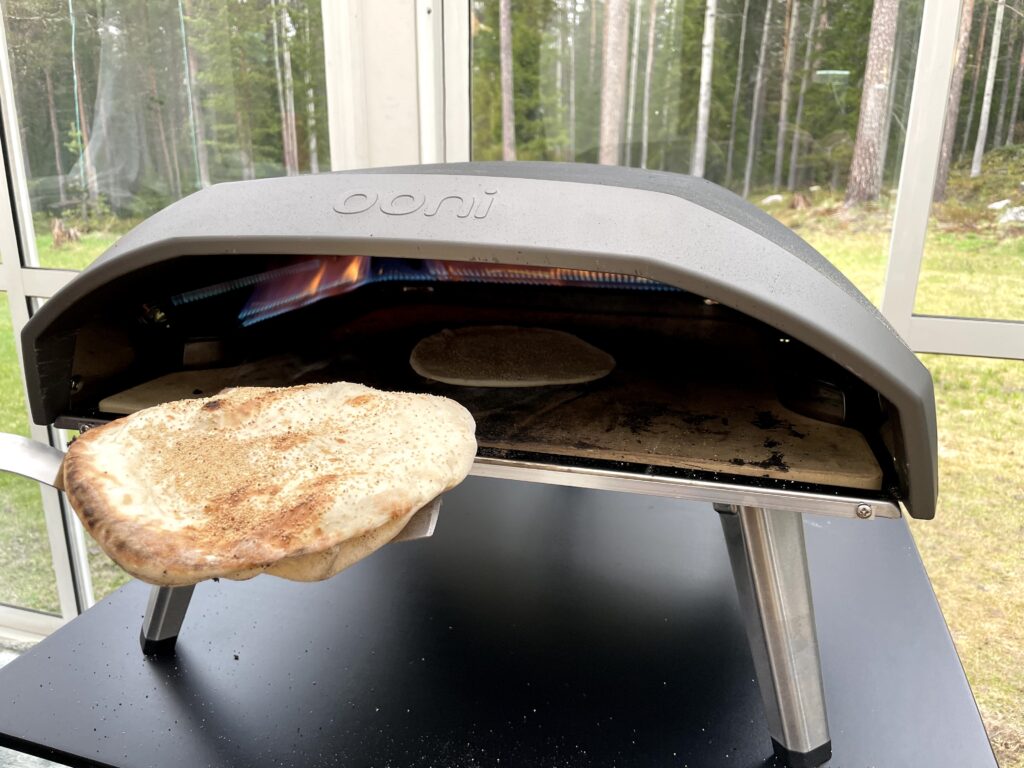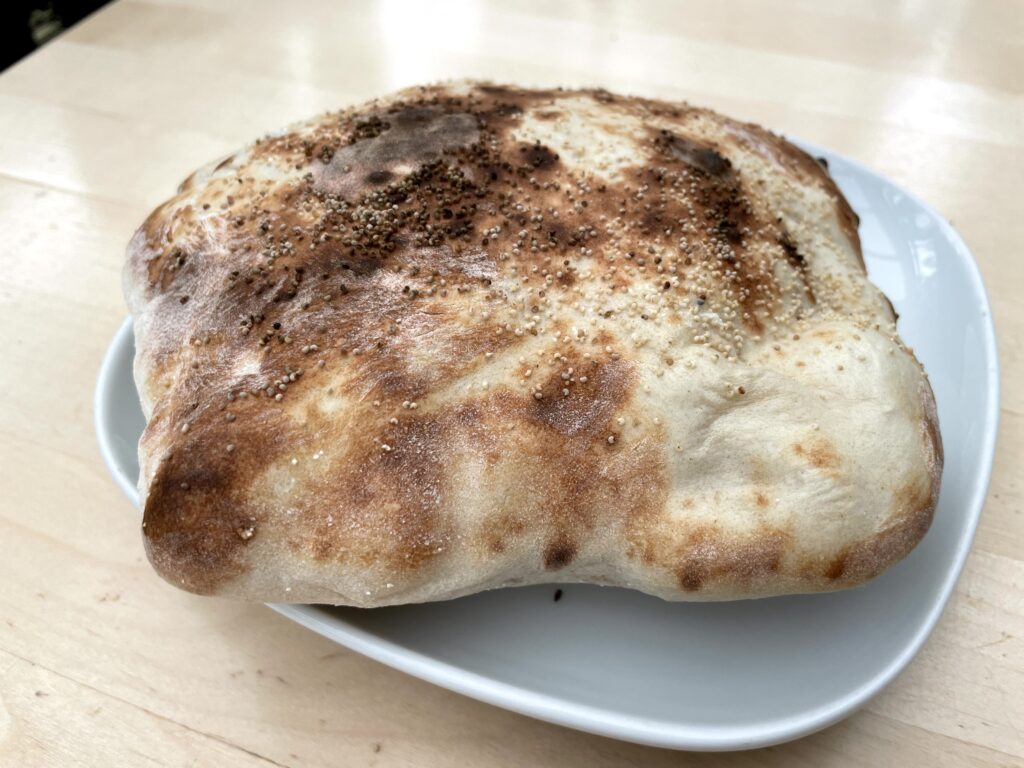When I was around 16 in secondary school in Sweden, it was very popular to test one’s IQ by doing logical IQ tests. We found several books with tests in the library and soon we realized that the more tests we did, the higher IQ we got. I.e., we trained on tests and then we “competed” with others in the school and scored very good. This made me question these IQ tests and I am still very skeptical of the results from them. Instead, I like the idea of looking at intelligence from the perspective of being able to solve problems via abstraction and generalization. I.e., how to take acquired knowledge to new domains.
In the Swedish school system, until 1994 the mathematics subject was divided up into a common and an advanced group. I was in the advanced group initially and during my final year (9:th grade) they made an advanced-advanced group with about 5-6 members which taught even more advanced math at secondary school level. Even though this was about 35 years ago, I still remember these sessions because they gave me a huge confidence boost. I have for many years argued that we should bring this system back as many children are not challenged in the mathematics subject. Should we help boost the confidence of these children and what does it do to the children in the common group?
When I was young, I was always pushed to study and my mother and relatives, and friends of the family pushed me to study hard. Not studying at university was out of the question. At least for them. I especially remember one time when my mother asked me why I only got 49 out of 50 on a test. I took that rather negatively then but now looking back I remember it more as a joke, so I guess it did not do much damage and instead it has become a standard joke with my own children (21 and 15).
I see myself as a very good learner. I have trained all my life to learn new things and I really love learning. What has changed over the years is how I gather information and build up knowledge. When I was young, books were the predominant form but these days, I have a really hard time reading a non-fiction book from cover-to-cover. My mind always triggers on various details, and I go off to check or expand on that thought which leads to new interesting things to read. Instead, the approach I like to take to learning is to look at problems and find the information and knowledge needed to solve that problem as a combination of all available sources (not only written text). I see myself as a good learner as I tend to be very fast in my learning, and I very quickly understand new things (technical and otherwise).
Too conclude, I want to say: “A day that you haven’t learned something new is a day wasted.” – Prof. Peter Parnes (that is me!)
